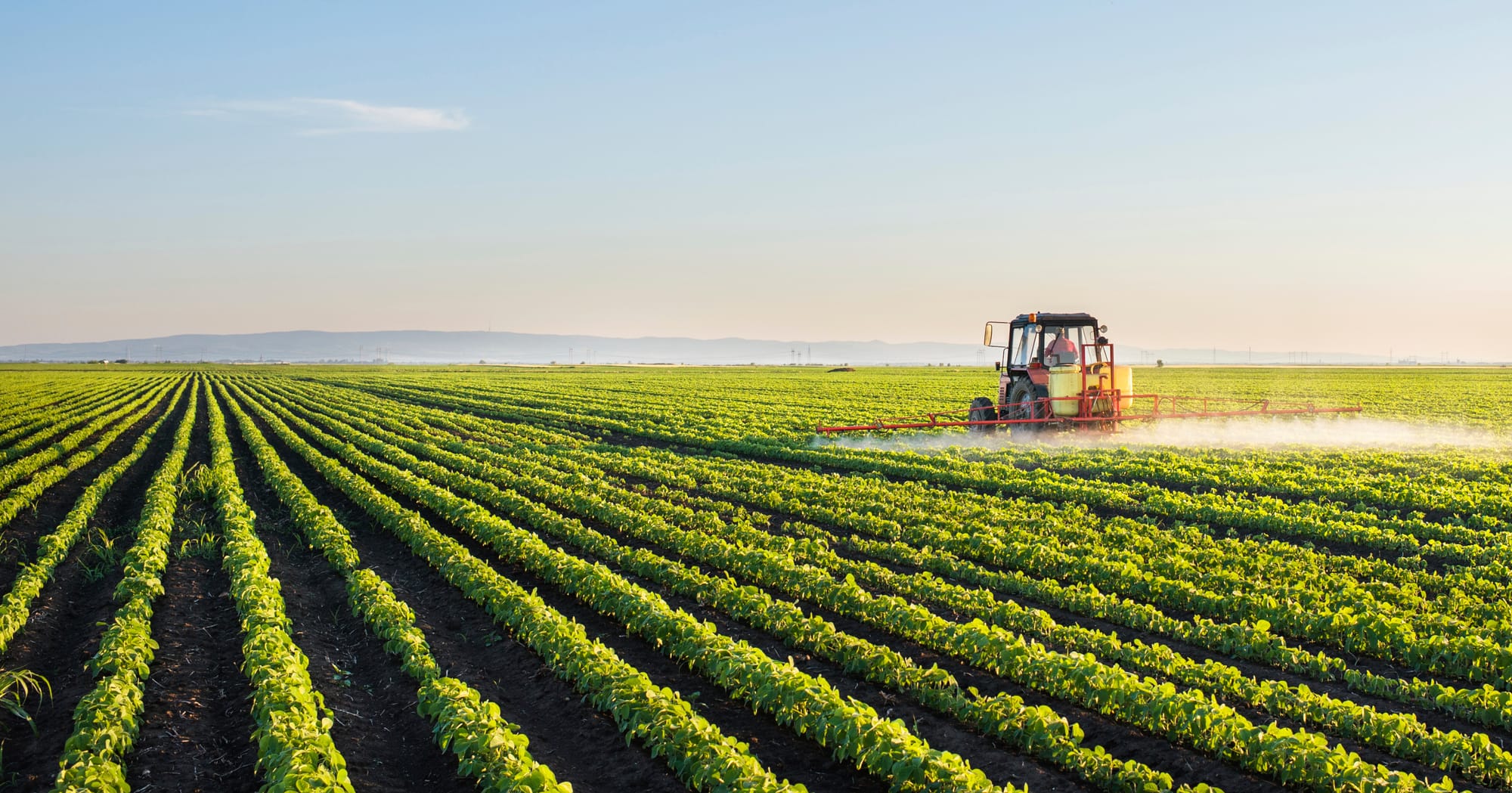Update 3: Graeme Sait’s European Adventure: Spreading the Power of Nutrition Farming®
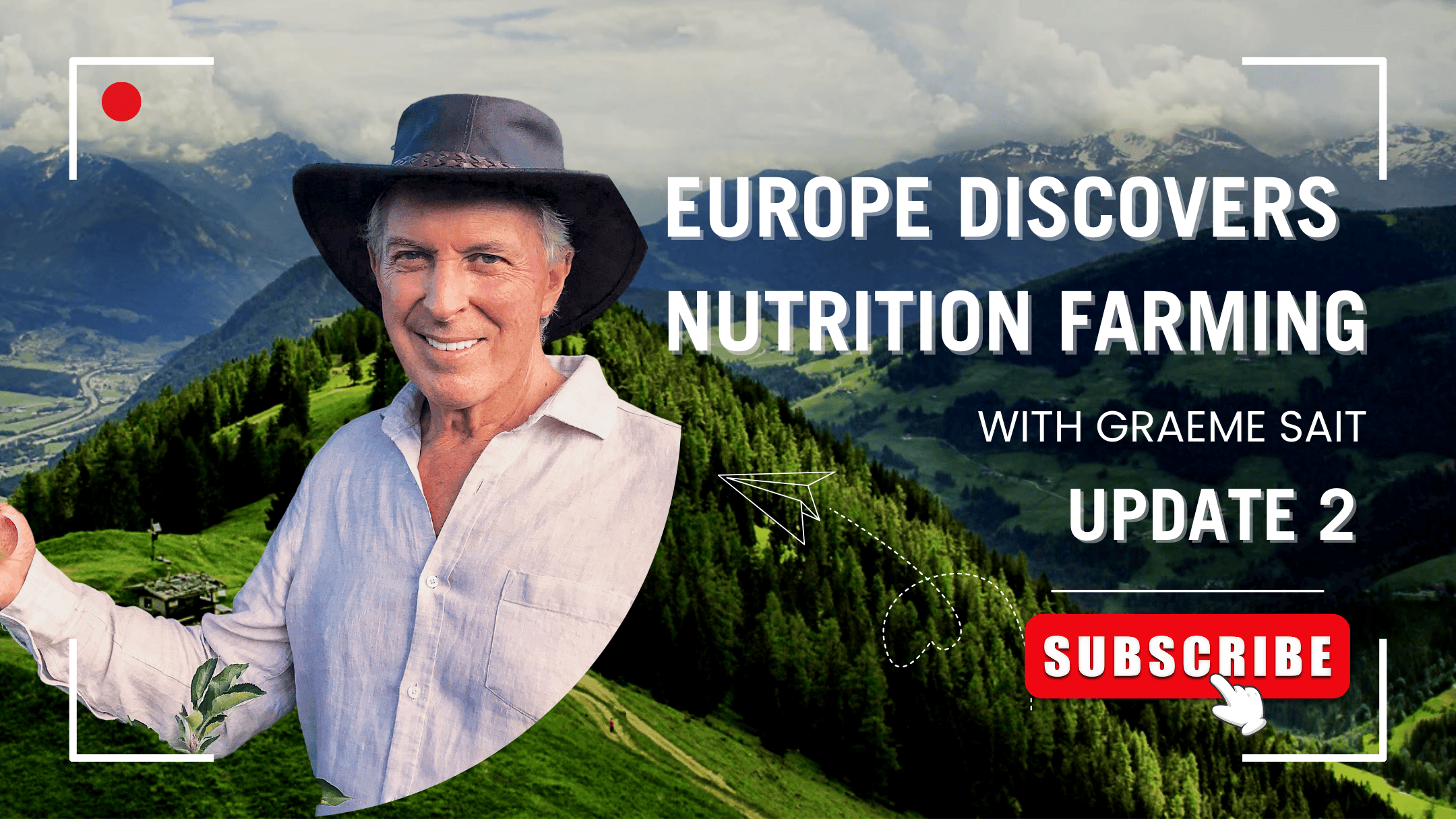
Hi Everyone,
Welcome back to the chronicling of my European seminar tour.
This past week, Claudia and I travelled to Holland to train the consultant team at the NovaCrop plant sap testing facility. This remarkable operation has become a sap testing trailblazer, with a growing presence in many countries.
After a fond farewell to our Portuguese hosts, we flew to Amsterdam for a recovery weekend, following two weeks of intensive teaching. This city now ranks among my personal favourites.
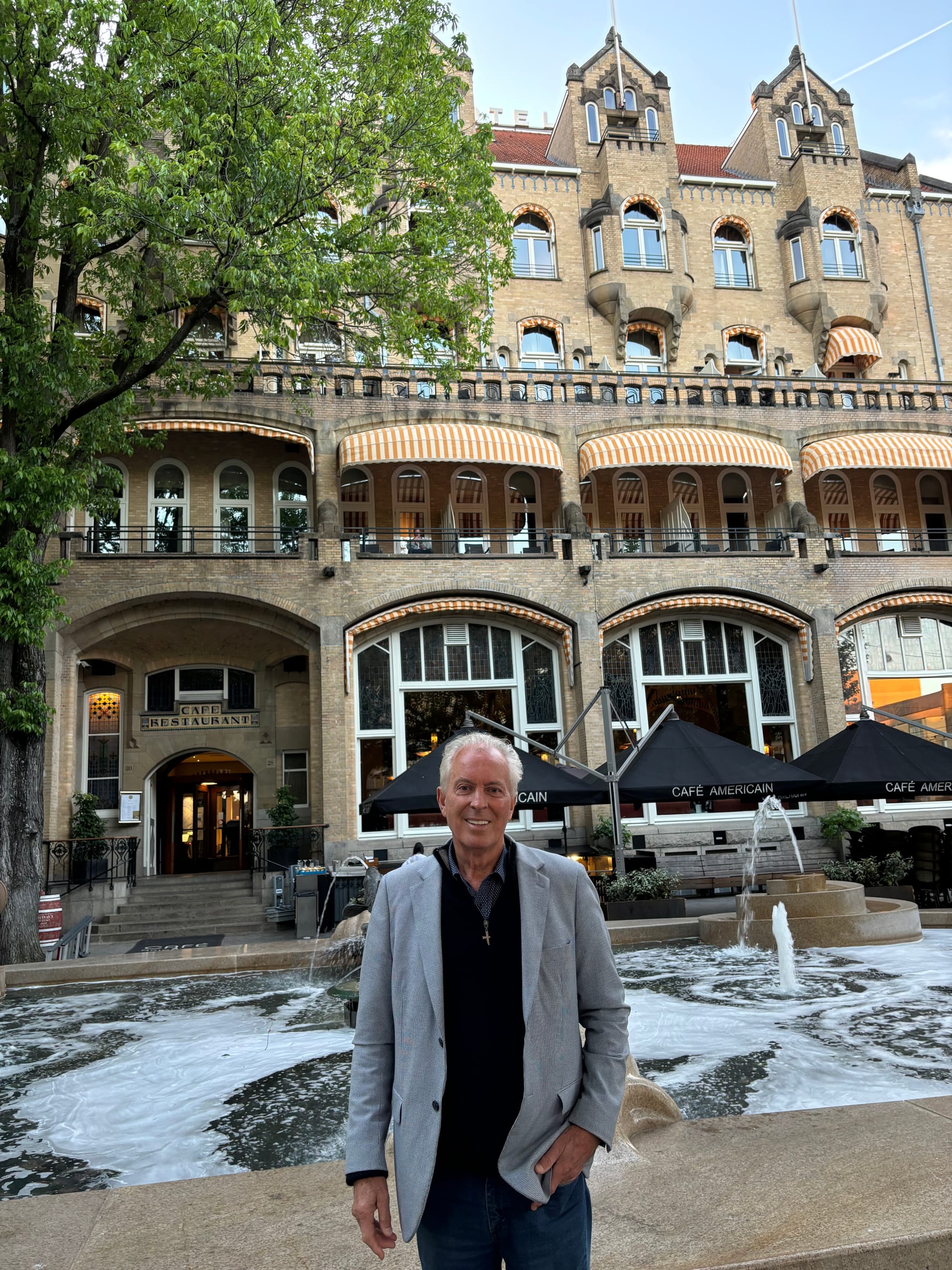
It is a vibrant melting pot of cultures and lifestyles, with a creative, alternative vibe that feels a little like Byron Bay on steroids. There are at least 20 times more bicycles than cars—and most are not electric.
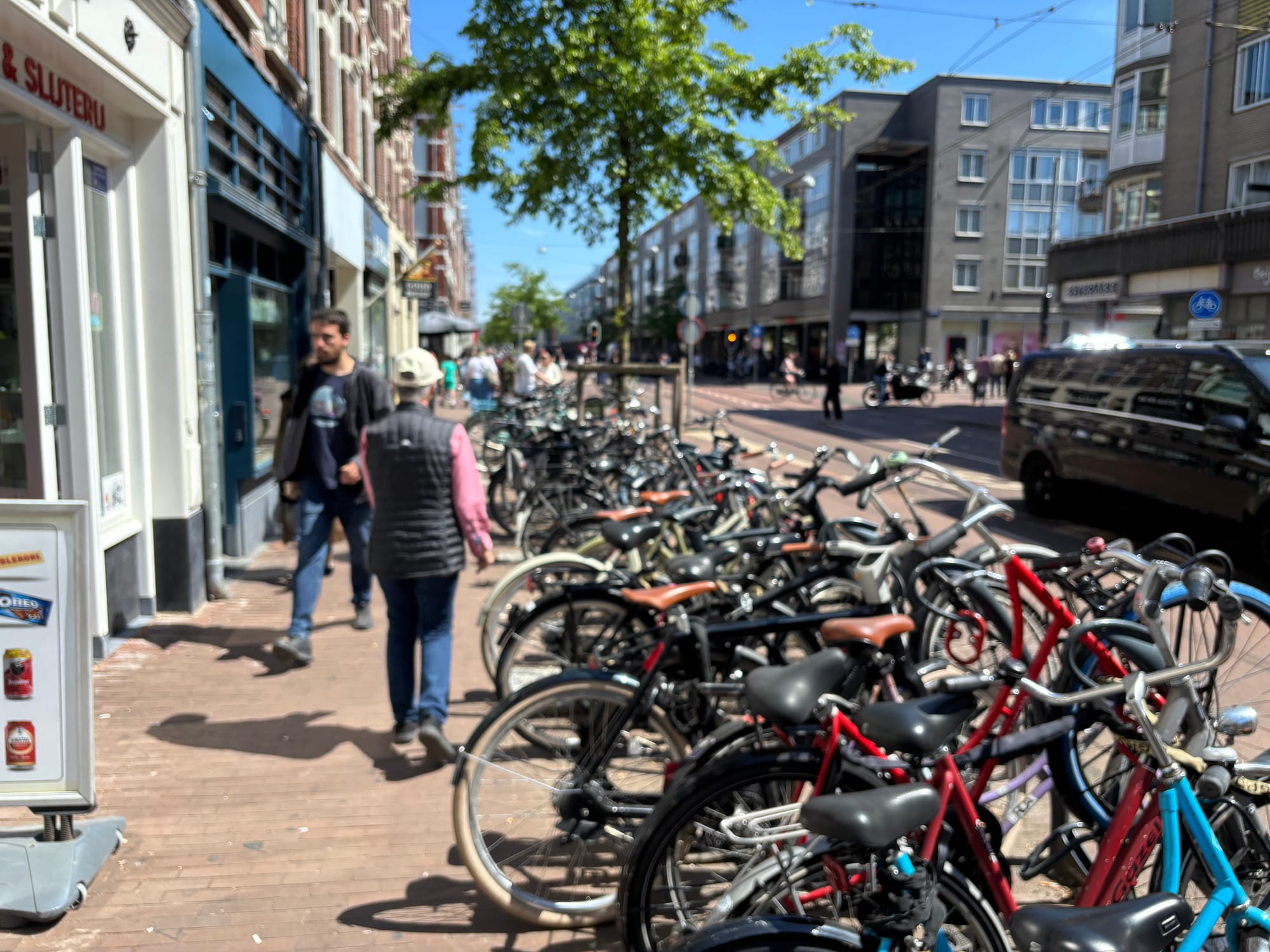
People of all ages have chosen this two-wheeled exercise option over motor vehicle pollution, and there are remarkably few overweight people to be seen. I have yet to see the health statistics of this region, but I would wager that coronary heart disease and stroke have been significantly reduced. One wonders why so few of us have so fervently embraced this bicycle no-brainer elsewhere in the world.
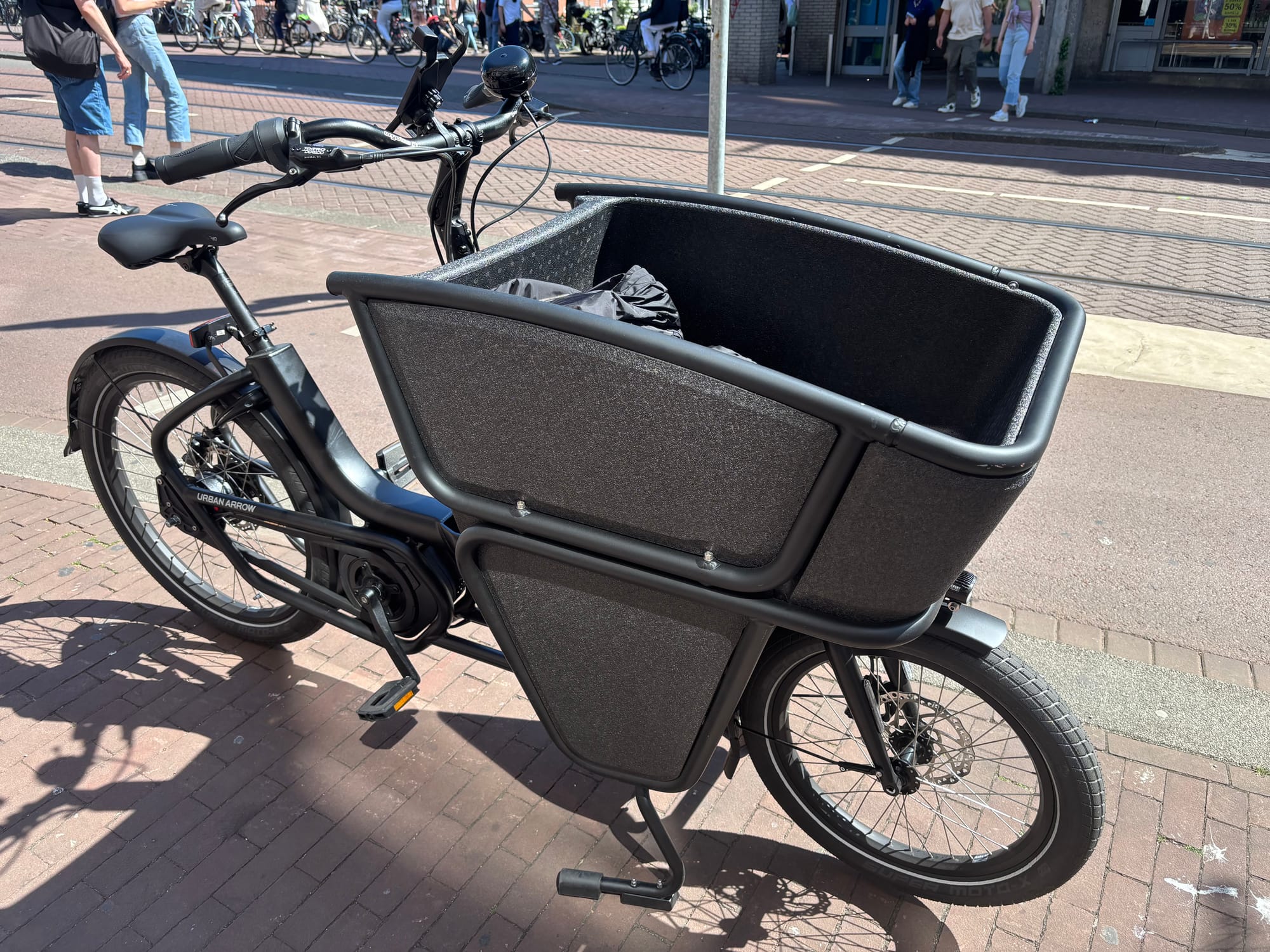
Amsterdam in spring is truly beautiful, with an abundance of nature reserves, parks, and picturesque canals. We loved the mid-city farmers markets and enjoyed a spicy meal in a canal-side Thai restaurant.
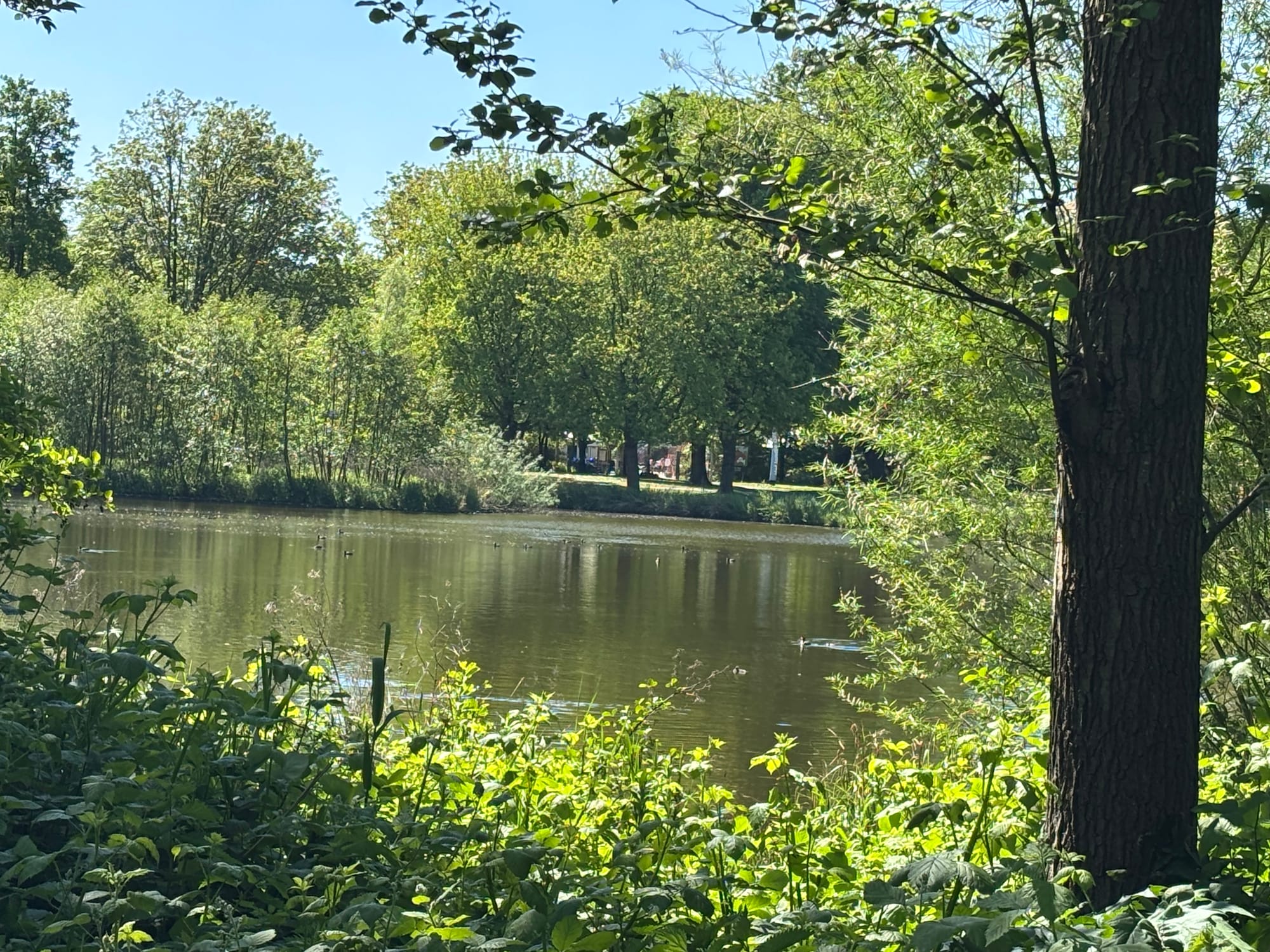
On the first evening, we dined in a 17-story rooftop restaurant with spectacular views. From that viewpoint, we could see what looked like a large community garden. However, upon further investigation, Claudia discovered that this was actually an educational centre that exemplifies the inspirational nature-connection the Dutch seem to have nurtured.
Here, Grade 6 and Grade 7 children are given their own garden plot for one year to develop a connection to the soil, a love of gardening, and an understanding of home food production. This seems such an obvious educational necessity, especially in a world where much of our time is consumed indoors and tethered to screens.
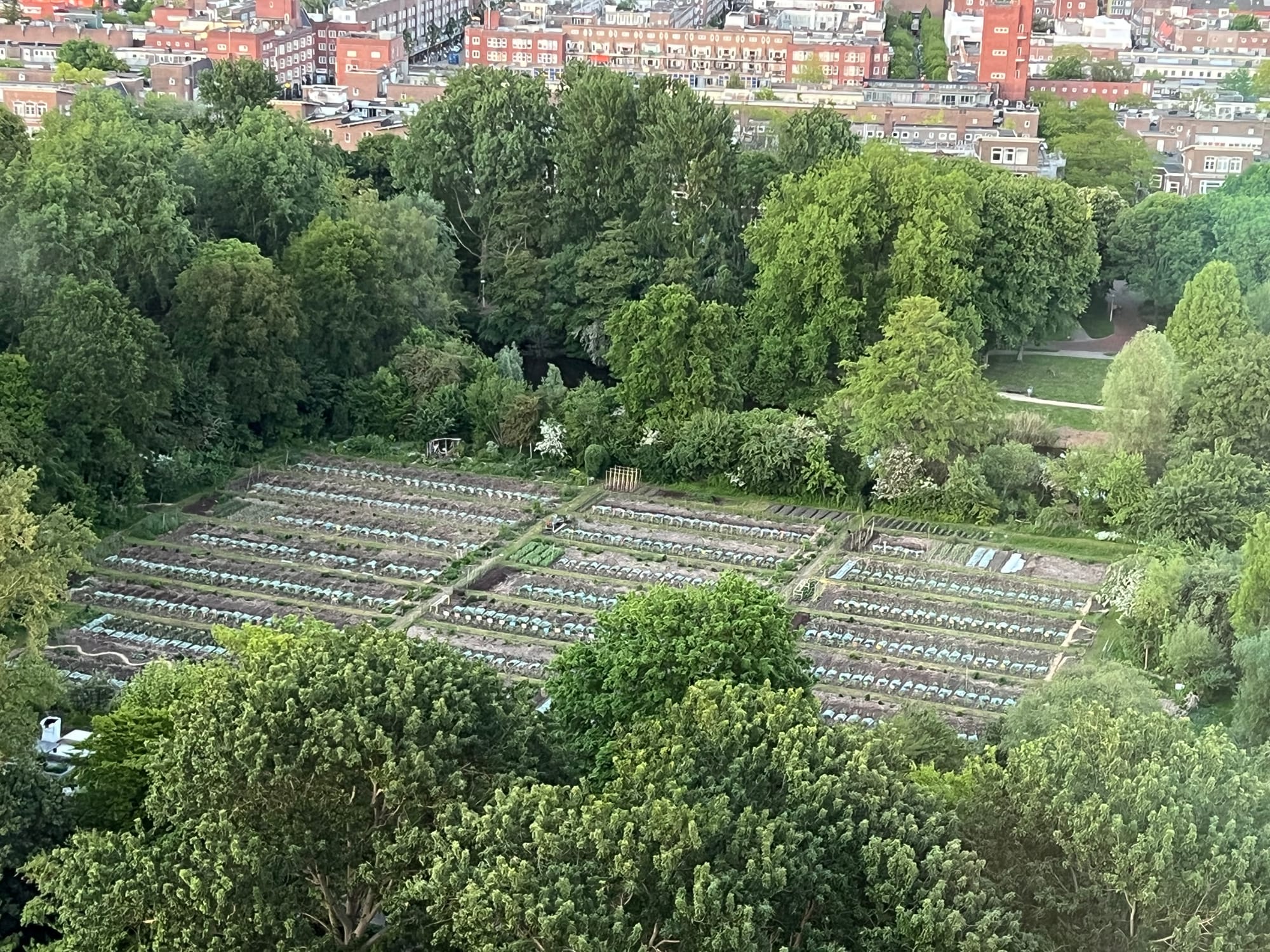
On Saturday night, we drove into central Amsterdam where restaurants line the canals and the choice of quality cuisine is endless. We soon realised an Uber would have been a better choice—but after 40 minutes of searching, we fluked a car park and paid 25 Euros for the privilege. The sunset over the canals was memorable, as was the Asian food, but the highlight was a visit to a famous jazz venue to experience an amazing Cuban band. The Latin rhythms and sublime virtuosity of this accomplished quartet delighted both hardened jazz fans and tourists alike. As an ex-musician, I was in 7th heaven!
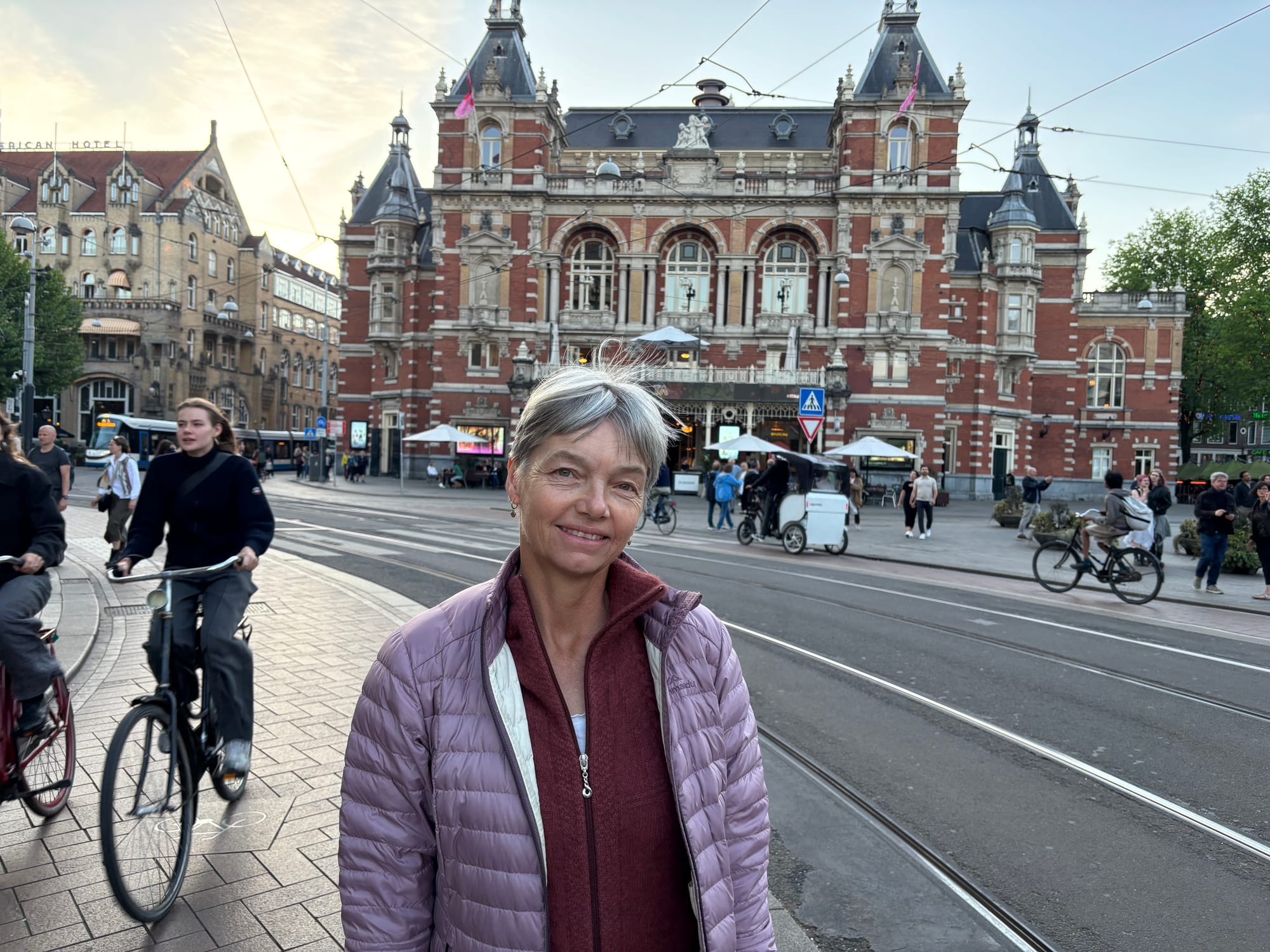
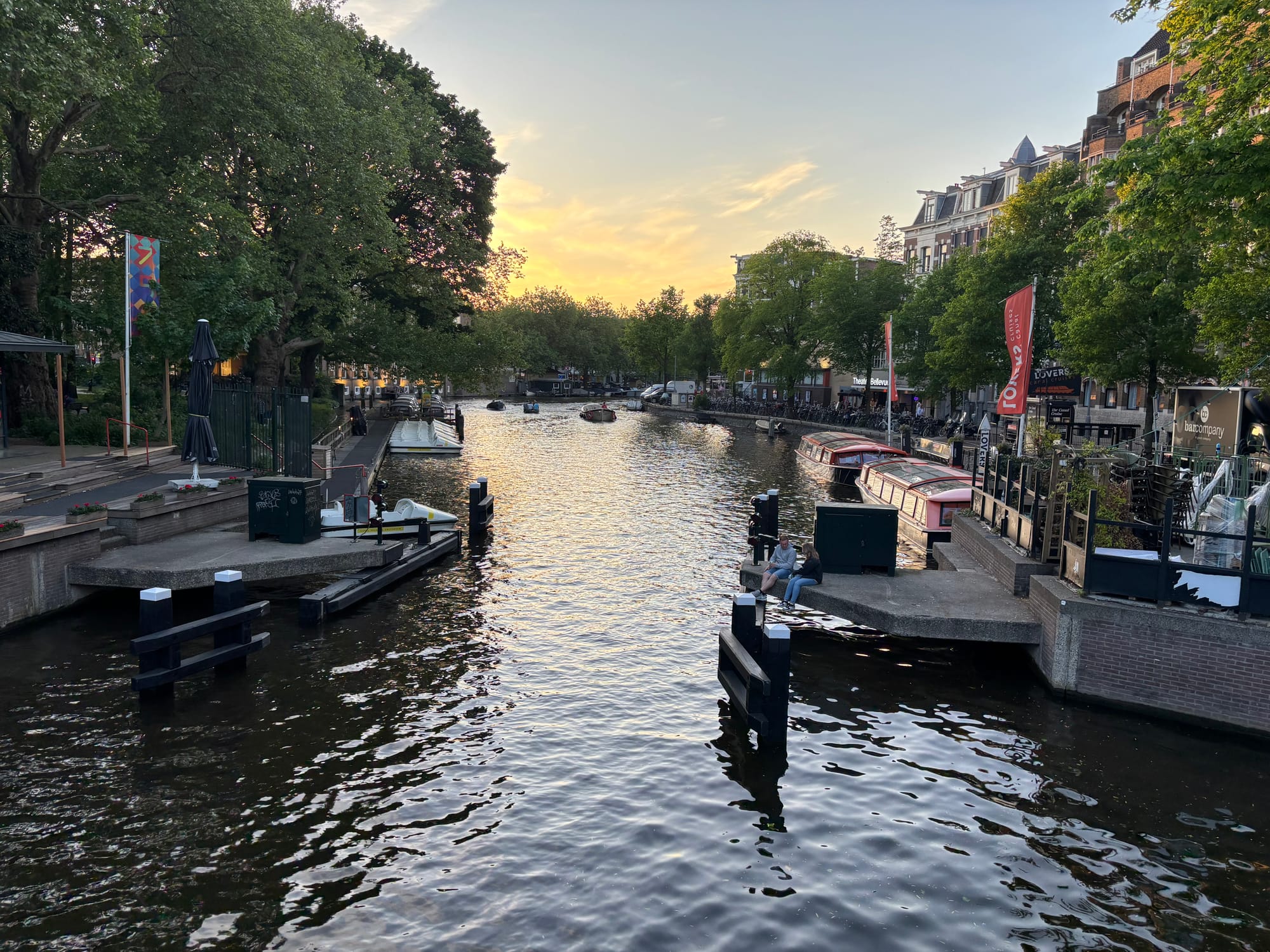
On Sunday, we visited Keukenhof, the largest flower garden in Europe—and we were so grateful to have made that call. This gracious parkland of hundreds of acres of forest, lakes, fountains, and flowerbeds must surely rank as one of the wonders of the world. It was the last weekend of the tulip season and Mother’s Day, so thousands came to witness nature’s spectacle. Despite the crowds, the space never felt crowded and there was an overwhelming sense of peace and harmony. The awe-struck multitudes wandered serenely in communion with Mother Nature. What a treat!
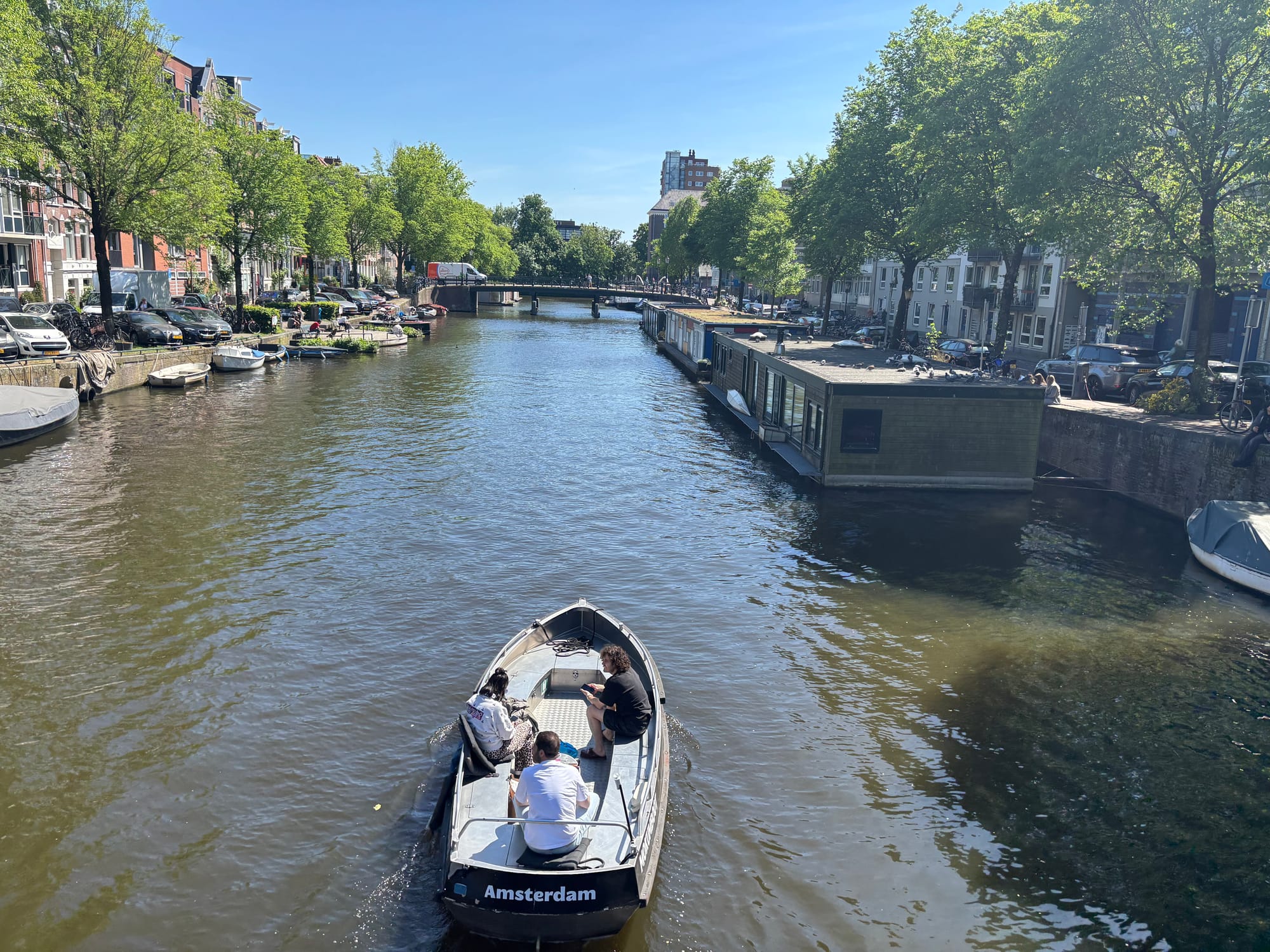
That evening, we headed to Oisterwijk to get some rest before the two-day training course scheduled for Monday and Tuesday.
Sjoerd Smits, the co-founder of NovaCrop, is an old friend, and it was such a treat to spend time with him. I first saw the lab in its infancy, when it involved just two sap-sampling machines. At that time, we seriously debated the approach, but I had concerns that the crop-specific guidelines were not yet sufficiently researched. Back then, each sample group had to be air-freighted to Holland in an esky, complete with ice packs. In the end, it all became too difficult, and we stuck with dry leaf analysis.
Now, however, the progress at NovaCrop is astonishing—a testament to the business skills and passion of Sjoerd and his partner Bart. They’ve acquired a large facility housing multiple offices, a 20-times-larger lab, a seminar centre, and a significant research department focused on mineral imbalances and pest pressure.
60% of their business now comes from abroad. Samples are simply placed in a zip-top bag and couriered—results are returned within two days, often faster than local labs.
One key feature is measuring both top and bottom leaves, ideal for tracking mobile minerals like NPK, magnesium, and molybdenum. Bart, who runs an organic farm, uses the test weekly. During our visit, he gifted us punnets of superb strawberries, among the sweetest and most intensely flavoured I’ve ever tasted.
I’m now seriously considering adding sap testing to our NTS services. Dry leaf and sap analysis together offer powerful diagnostic tools.
We stayed at a beautiful hotel in Oisterwijk. The restaurant grew its own vegetables and herbs in a greenhouse, and the chef crafted memorable dishes with these ingredients. Sjoerd and Bart hosted a dinner there for staff, farmers, and consultant friends—some of whom I had not seen since before Covid crashed my global travel.
One particular joy was catching up with Stephen Timmermans, among my top five agronomists globally. Stephen is in high demand across Holland and Scotland. We shared notes, including his findings on using a Horiba-K meter for monitoring potassium—my so-called “money mineral”.
I’ve often suggested comparing top and bottom leaf potassium readings: if the bottom drops 10% below the top, it’s action time. Stephen goes one further—aiming for 50% more potassium in the lower leaves of strawberry plants to ensure reserves during prolonged fruiting periods.
The training at NovaCrop went well. Their research facility includes controlled trials under grow lights examining mineral deficiencies and insect pressure. One trial highlighted how nitrate nitrogen oversupply is a primary driver of whitefly and aphid pressure.

Nitrate nitrogen is absorbed with water, and excess leads to dilution of minerals, lower Brix levels, and antagonism of potassium, calcium, and boron uptake. These imbalances create the perfect environment for pest invasion.
On the final evening, they held an Aussie BBQ in our honour before I delivered a two-hour human health seminar for their team. The response was wonderful, with thoughtful questions and vibrant engagement.
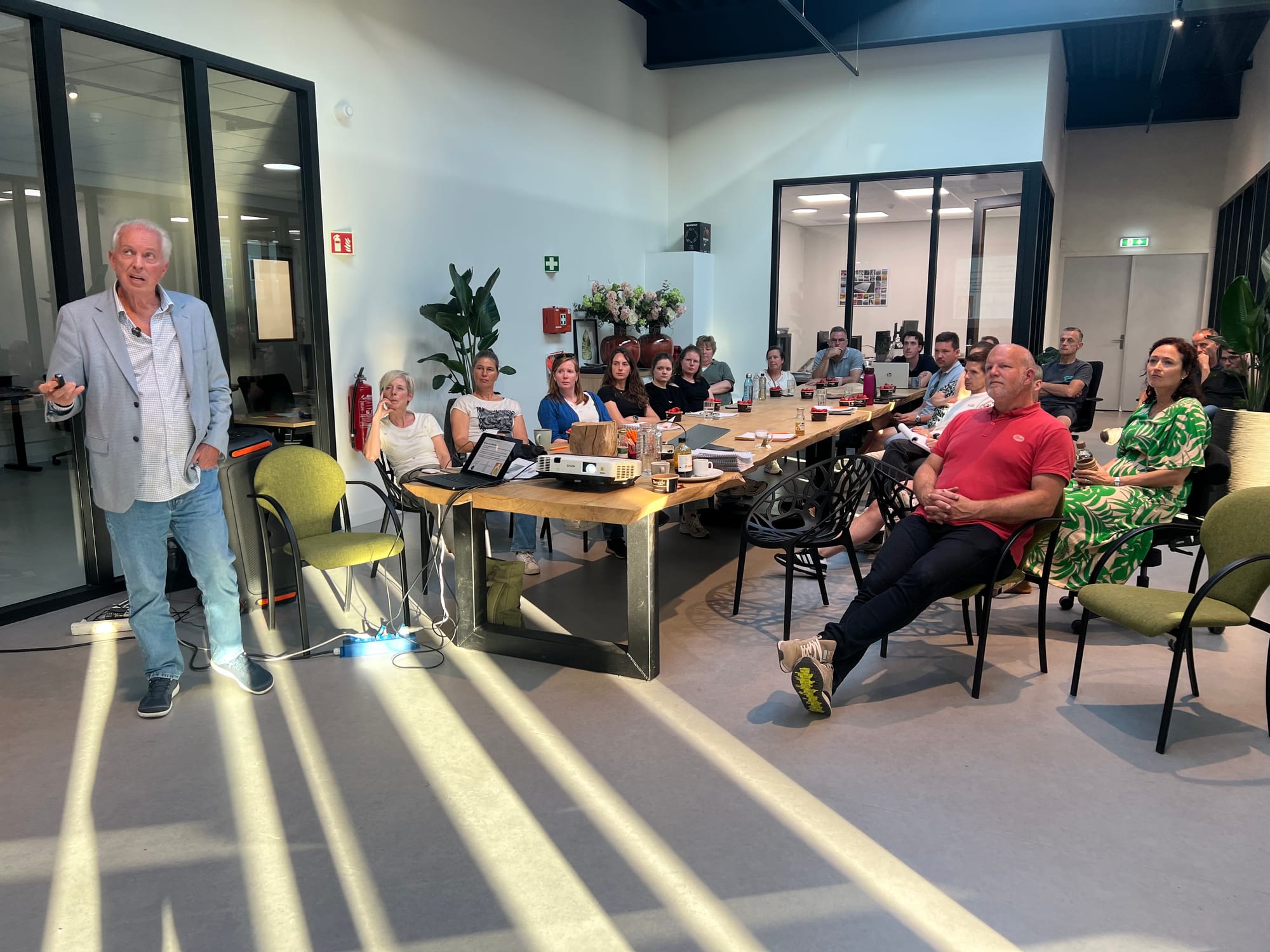
Sjoerd also showed us his renovation project—a stunning, thatched farmhouse being restored. For now, he and his family live in stacked shipping containers, with the ground level joined into a spacious living area and the upper level forming bedrooms. It’s a creative, low-cost housing solution, and one wonders why we haven’t embraced similar approaches in Australia. I suspect bureaucratic red tape might be the obstacle.
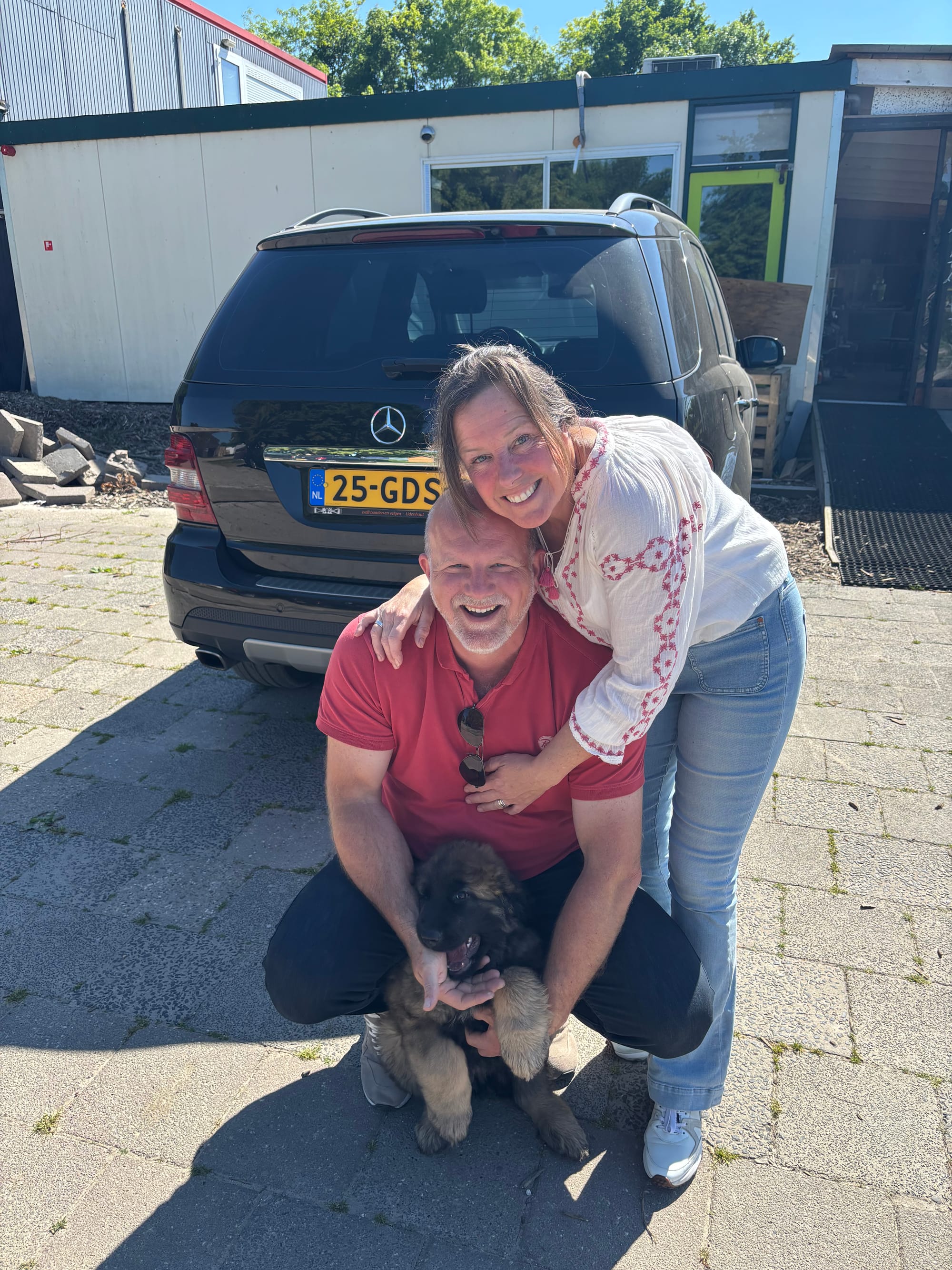
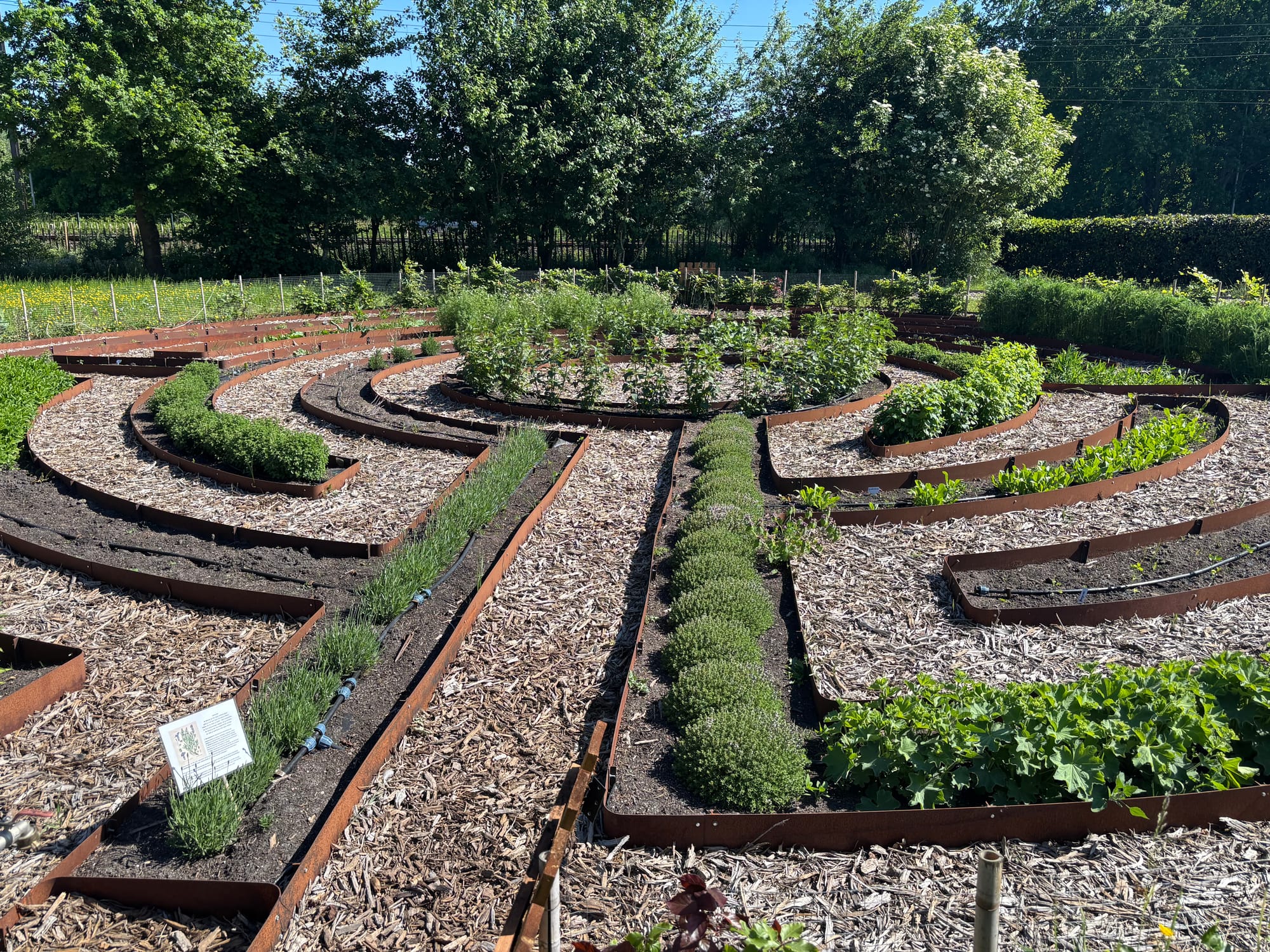
It felt like too short a stay, and soon we were airport-bound after just five days in the Netherlands. I hope we can expand NTS product distribution in the region to justify another visit. Holland in spring is truly something special.
Well, that’s my update for this week. I send my prayers to those farmers affected by the Hunter Valley floods, and I wish the rest of you a happy, fulfilling season.
Next week I’ll be reporting from Estonia—and there are some interesting tales to tell.
Warm regards,
Graeme
For more details about the European Tour:
Some event details are yet to be confirmed, so check back for updates.
Certificate in Nutrition Farming
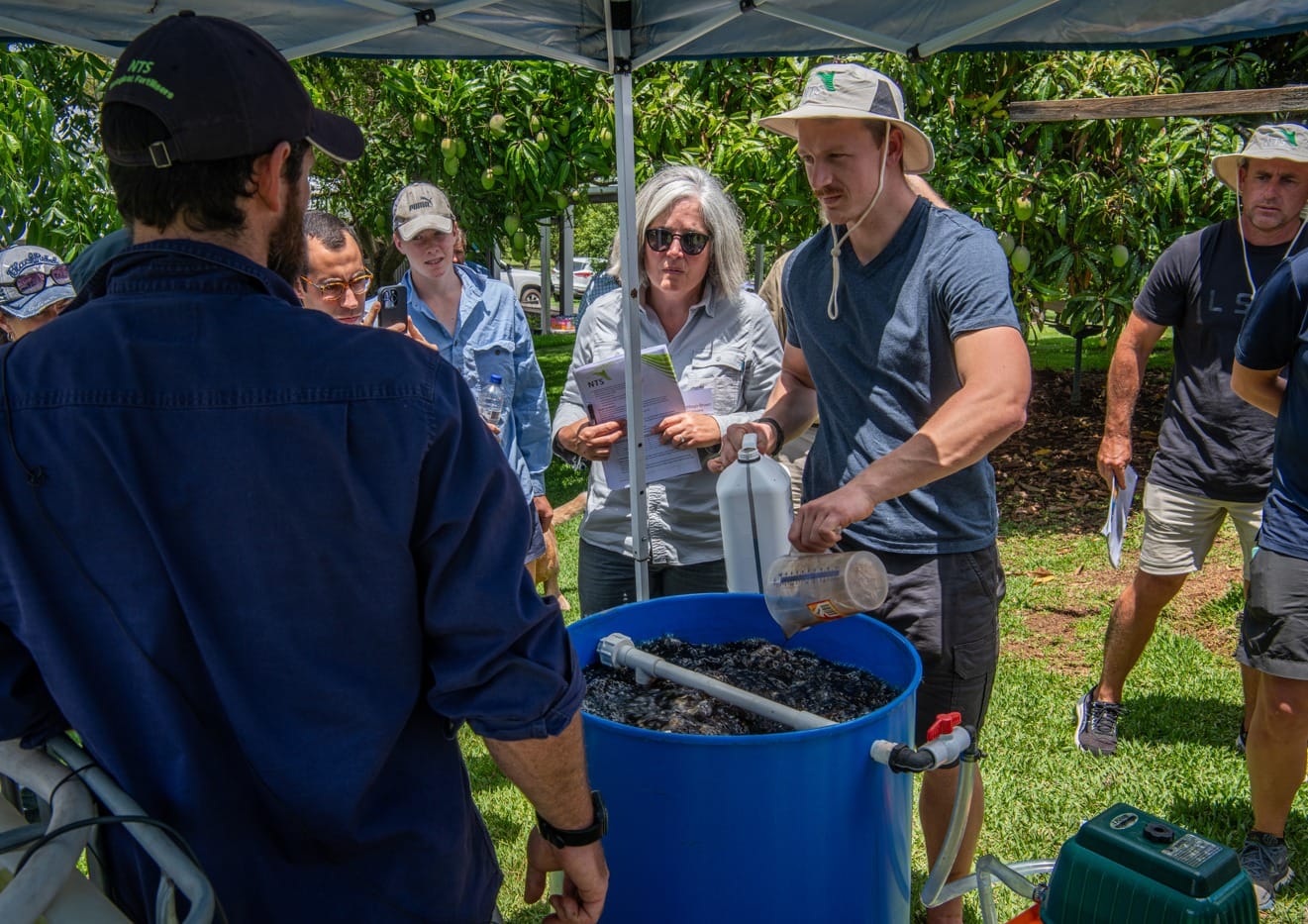
Our next iconic, five-day Certificate in Nutrition Farming® course is scheduled for July, Monday 21st - Friday 25th July 2025.
Our last course was attended by growers and consultants from six countries. It was a wonderful learning opportunity where attendees enjoyed a wealth of education and inspiration from both our presenters and their fellow attendees. We only accept 40 bookings for these courses, so please register if you would like to attend.
